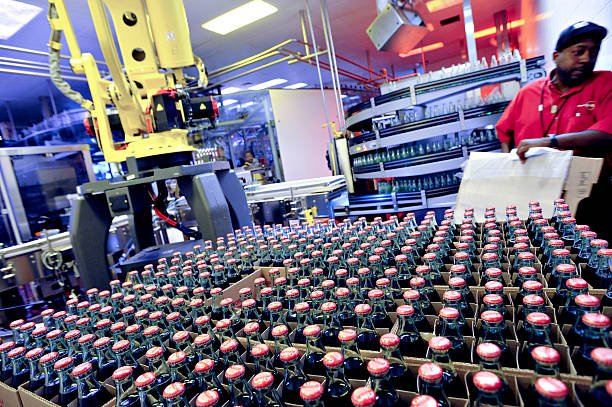Recent weather-related disruptions have caused a significant rise in prices for soft commodities, impacting everything from orange juice to live cattle. This increase adds pressure to consumers already grappling with persistent core inflation, which remained at 4.3% in August.
Agricultural commodities have experienced sharp price hikes recently due to adverse weather conditions and escalating climate risks. Futures contracts for orange juice, live cattle, raw sugar, and cocoa have all reached peak levels this month.
Paul Caruso, director of commodity investments at Ancora, notes that these markets are currently driven by supply constraints.
The S&P GSCI Softs index, tracking soft commodities, has surged over 18% this year. Orange juice futures hit a record $3.50 per pound, driven by a global citrus shortage and hurricanes that damaged Florida’s orange crops.

Major orange-producing countries like Brazil and Mexico have also reduced their crop yield forecasts due to warmer temperatures.
Similarly, live cattle futures reached a record $1.9205 per pound, influenced by a shrinking U.S. cattle herd, strong beef demand, and higher costs for labor and fuel. A severe drought earlier in the year harmed Midwest grasslands and hay crops, leading to herd reductions. USDA forecasts suggest declining cattle supplies may persist through 2025 or 2026.
Sugar and cocoa prices have also soared. Raw sugar futures hit 27.62 cents per pound, the highest since 2012, while cocoa futures climbed to $3,763 per metric ton, the highest in over a decade. Price increases are attributed to rising demand and adverse weather in key producing countries like India and Thailand.
Darwei Kung of DWS highlights the fragility of soft commodities to weather changes, emphasizing that production disruptions, not just demand, drive price increases. This could lead to a disconnect between core inflation figures and actual consumer experiences.
Despite some decreases in prices for other agricultural commodities like corn and wheat, consumers are still feeling the sting of higher prices.
Food companies like Nestlé and Unilever continue to face elevated input costs, passing these increases on to shoppers. As inflation pressures persist, analysts predict that consumer spending and stock markets may be affected, depending on future harvests and economic conditions.

